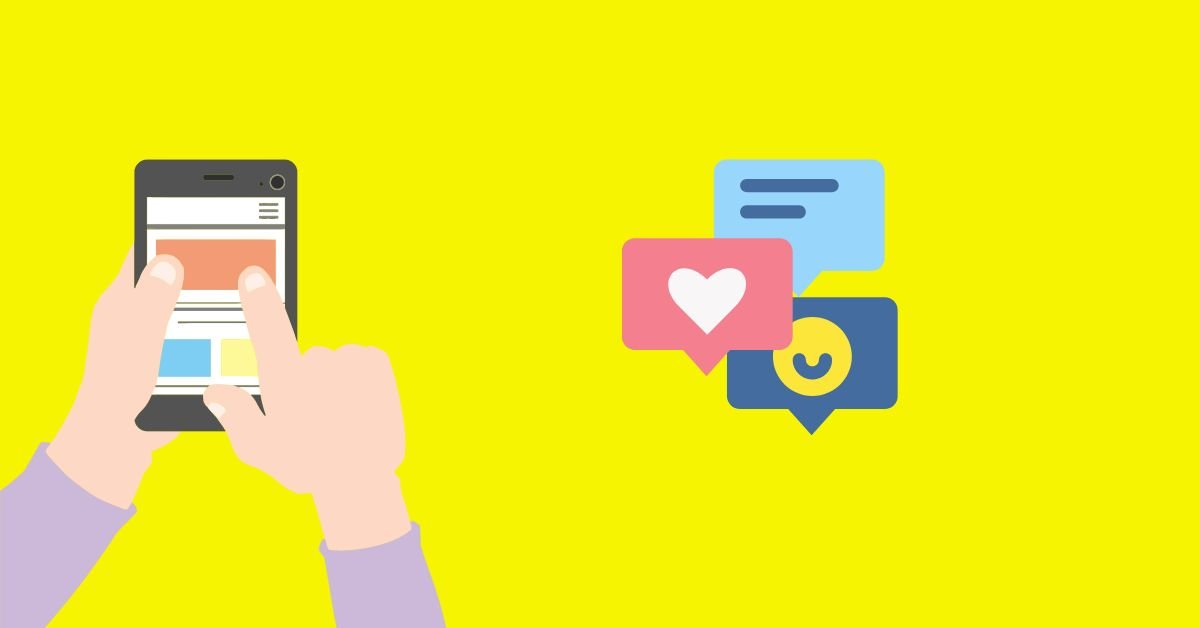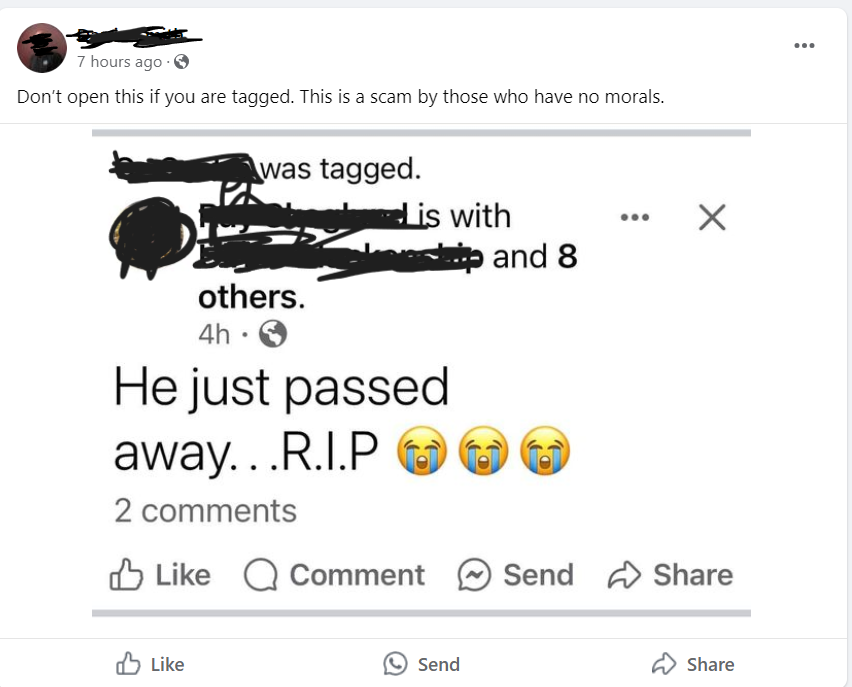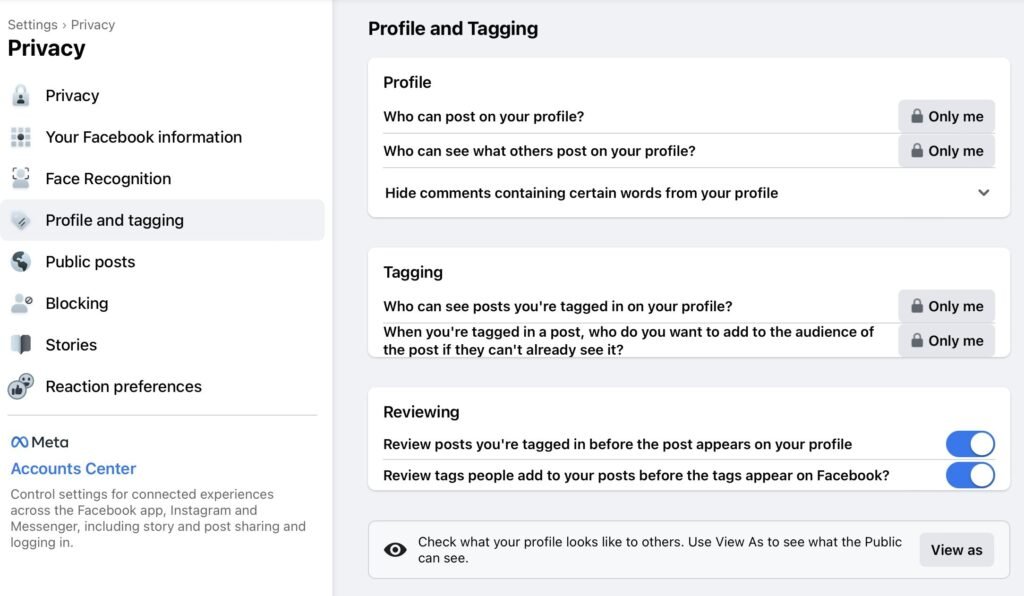how stay safe from malicious social media tagging

HI, I got your horrible photo on the internet. Is this really you? Check this photo and the link .You may get this notification may be with some other message. Someone tagged you and 50 others in a post. Don’t click on any notification if it leads you to some link or some website. That can be a trap. This is what we called as malicious social media tagging.
The links or URLs in the notifications you received may lead to a hack or a fraud. So, before clicking on any new link, please verify its authenticity. This is not limited to social media; you should practice on every online platform to keep yourself safe. Here are some methods to be safe from social media tagging.
What are social media tags
Social media tags label the content using specific keywords preceding symbols ‘#’ or ‘@’. The hashtag(#) makes the content discoverable by users who are interested in a certain topic, such as #travel, #food, #skincare, etc. The post then becomes a part of a large conversation as users will find it while searching for the hashtag.

It is generally used on Twitter, Facebook, and TikTok. Mentions(@) are used to notify a person in a post such as @Alnoor, @John etc. A notification is sent to the tagged account which is then engaged in the same post. It is commonly used on Instagram , LinkedIn, and Facebook.
What is malicious social media tagging
Sometimes the purpose of tagging is to harass, exploit, or harm individuals or groups. Such people are spammers or cyber criminals. Defamers may tag offensive content to bully users. This involves hateful and embarrassing photos to spark a negative reaction. Moreover, several posts contain spam links which may direct users to malicious websites. Such links become a cause of sensitive data theft. Such fraudulent also use fake accounts to tag to impersonate a brand or celebrity which can cause a loss of trust.

To stay safe, users need to understand and stay vigilant about malicious practices and practice safe online habits to prevent the harm of such unethical acts.
Can I identify malicious tagging
Yes, you can; however, you should be aware of such patterns that indicate harmful deceptive tagging. The first thing is to check the account, and if it looks suspicious, that is, you do not recognize the account, little flowers or a general profile picture, something is fishy. Secondly, if the post is irrelevant to you or is unrelated to your interests, it could be a scam.
Must Read: Tips to stay safe online: Ultimate Guide
Sales season
When you are tagged in giveaways or promotions that are too good to be true, verify the legitimacy and especially if there is a link to click, there are more chances of it being a scam and do not open the link. Fourthly, in a post on a marketing scheme, if you are tagged along with a large number of other accounts, understand that they are artificially engaging the content or it is a scam. The most important point to consider is that tagging your friends seems odd, sending unusual texts, and there are chances the account is compromised. Additionally, ask them if the tag is intentional.
How to prevent malicious tagging
This involves a combination of productive steps along with staying vigilant.
On Instagram
Adjusting your settings is one of the steps. You can control who can tag you and how your content is shared.
Go Instagram Settings
Go Under Tags and Mentions sections
Allow your friends only who can tag you.
You can also allow mentions only people you follow
If the platform allows the feature to approve the tags before they appear on the profile, enable it.

On facebook
On Facebook, you can adjust settings to stay safe. In Settings and Privacy, go to Audience and visibility and Profile and Tagging. Here you can find tagging adjustment. Moreover, you can approve or reject the tags before appearing on your profile. You can also limit post visibility you are tagged in.

Report and Block
Reporting suspicious users helps the platforms identify and remove harmful accounts. When an account is reported, the security team reviews the content and takes actions such as warning issues, or suspending and banning. However, blocking them stops from interacting with or targeting you only. Both these actions minimize the risks of harm and contribute to a safe experience.
Things to avoid when tagged maliciously
People often make mistakes when and increase their vulnerability. These mistakes include engaging with the post either by commenting or responding. This encourages the malicious actor for their efforts and further harassment. Some users often click the links in the tagged posts and do not verify the safety which causes malware infections and exposure to harmful websites.
On the contrary, ignoring the tag without taking action is also a mistake. The tag remains associated with the users damaging the reputation. Such actors if not reported, continue to target others. Furthermore, remove the tag and if you do not, it shows an association with harmful content on your profile visible to family and friends. Make sure to simply remove it instead of publicly addressing it. The situation may escalate.
Such mistakes if avoided, can lead to mitigate the harms of malicious tagging.
